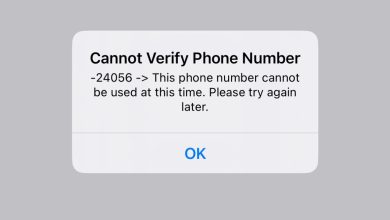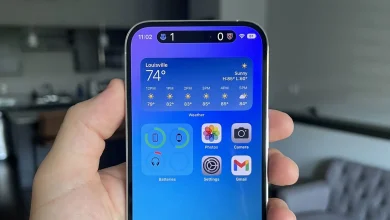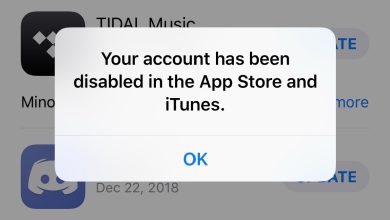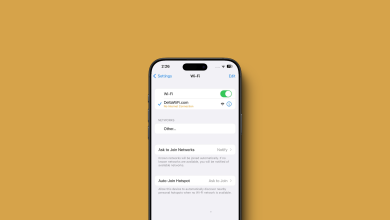How to Reset End-to-End Encrypted Data on iPhone?
Privacy is more important than ever in today’s digital world. Apple, a company known for putting customer privacy first, made a big move on December 7, 2022 by introducing Advanced Data Protection for iCloud. This feature brings end-to-end encryption to most data stored on iCloud.
Because of this update, many iPhone users encounter the “Approve this iPhone” error when signing into iCloud. In this article, we’ll explain why this issue happens and show you a straightforward solution. We’ll also share preventive measures to help you avoid this problem in the future.
What Does End-to-End Encryption Mean?
Encryption is a way to keep data secure and private. End-to-end encryption means your data is protected from the moment you send it until the moment it’s received. Only the sender and the receiver can decrypt and access this information.
This level of security is possible through special encryption keys. While your data is encrypted (both on the move and when stored), not even the company providing the service can access it—not hackers, not tech companies, and not even government agencies. Only you (the sender) and the intended recipient can unlock and see this data.

⤷ What is End-to-End Encrypted Data on iCloud?
iCloud uses two main types of security for your data. By default, besides 14 specific data categories, your information is protected by “Standard Data Protection.” However, this is not end-to-end encrypted. The keys that can unlock your data stay in Apple’s data centers, meaning Apple could (in rare cases) access it if needed.
But when you enable Advanced Data Protection for iCloud, nearly all of your data—including things like Photos, iCloud Backup, and Notes—uses end-to-end encryption. With this feature on, Apple doesn’t keep the keys in their data centers. Instead, the keys are stored on your own device.
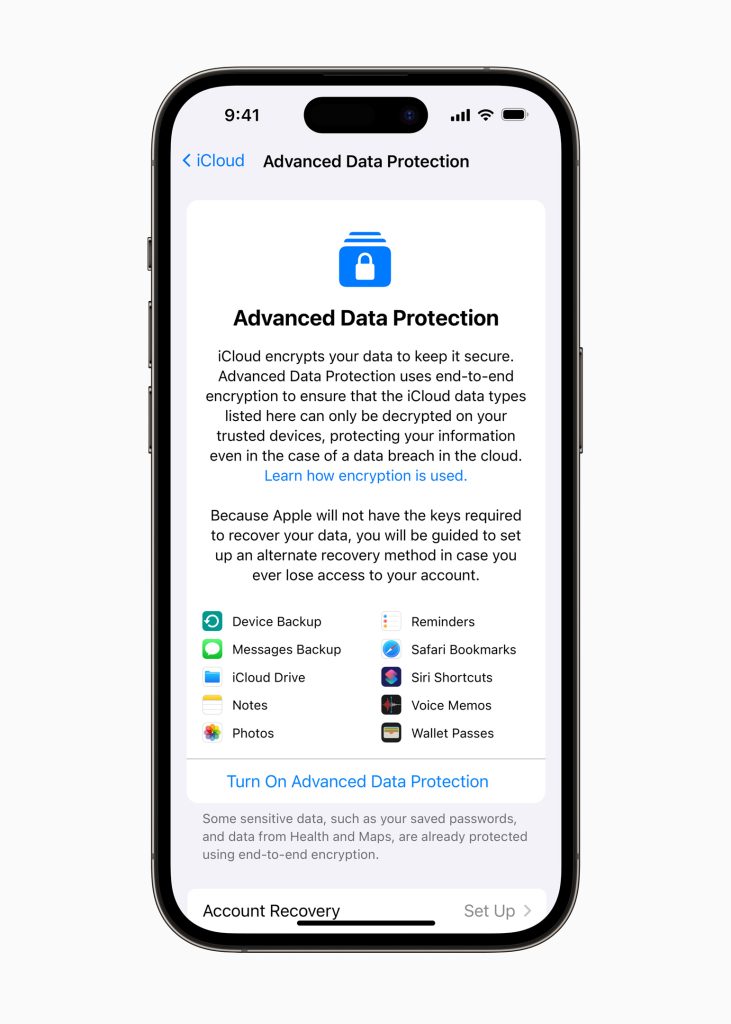
This means that, no matter what, end-to-end encrypted data can only be accessed if you have the original device you used to encrypt it. That’s why this kind of problem is common on Apple devices.
What Does the “Approve This iPhone” Error Mean?
Whenever you sign in to a new device or restore your iPhone from a backup, setting up iCloud will require approval from one of your other trusted devices. You might also see this message after updating your Apple ID settings.
Sometimes, this message is genuine—all you need to do is approve your iPhone from another device. However, this message can appear by mistake, showing up as an error. That’s why you’ll see a “Can’t approve this iPhone?” option at the bottom of the screen.
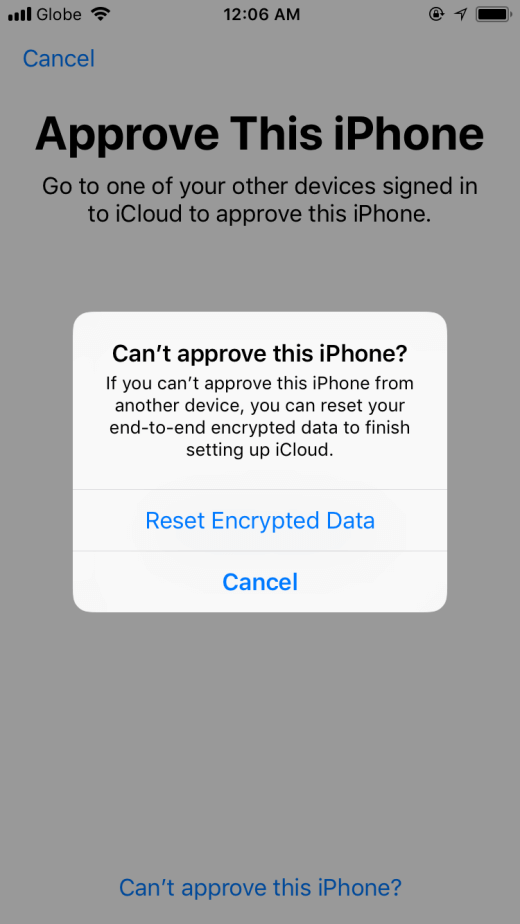
Why Does This Error Message Appear?
If you see this error, it can be caused by any of the following reasons:
- You’re unable to approve your iPhone from a trusted device.
- Two-Factor Authentication couldn’t verify your device.
- Data corruption or problems with encryption protocols.
To fix this error, you’ll have to reset your end-to-end encrypted data. This means all of your encrypted data (including your iCloud Backup) will be deleted permanently. Unfortunately, this data can’t be recovered because the encryption keys are stored only on your trusted devices—not on Apple’s servers.
Method to Reset End-to-End Encrypted Data
Resetting end-to-end encrypted data is straightforward. You can do it from the iPhone settings. This process won’t affect files stored directly on your iPhone, just the associated iCloud encrypted data.
Step 0: Backup Your Data
Although files on your iPhone won’t be touched, it’s always smart to back up your data before resetting anything. The easiest way is to connect your iPhone to a computer and copy important photos, videos, and documents somewhere safe using iTunes.
You can also use a cloud backup—but since we’re resetting iCloud’s encrypted data, a standard iCloud backup won’t help in this situation. Instead, consider third-party options such as Google Drive or OneDrive.
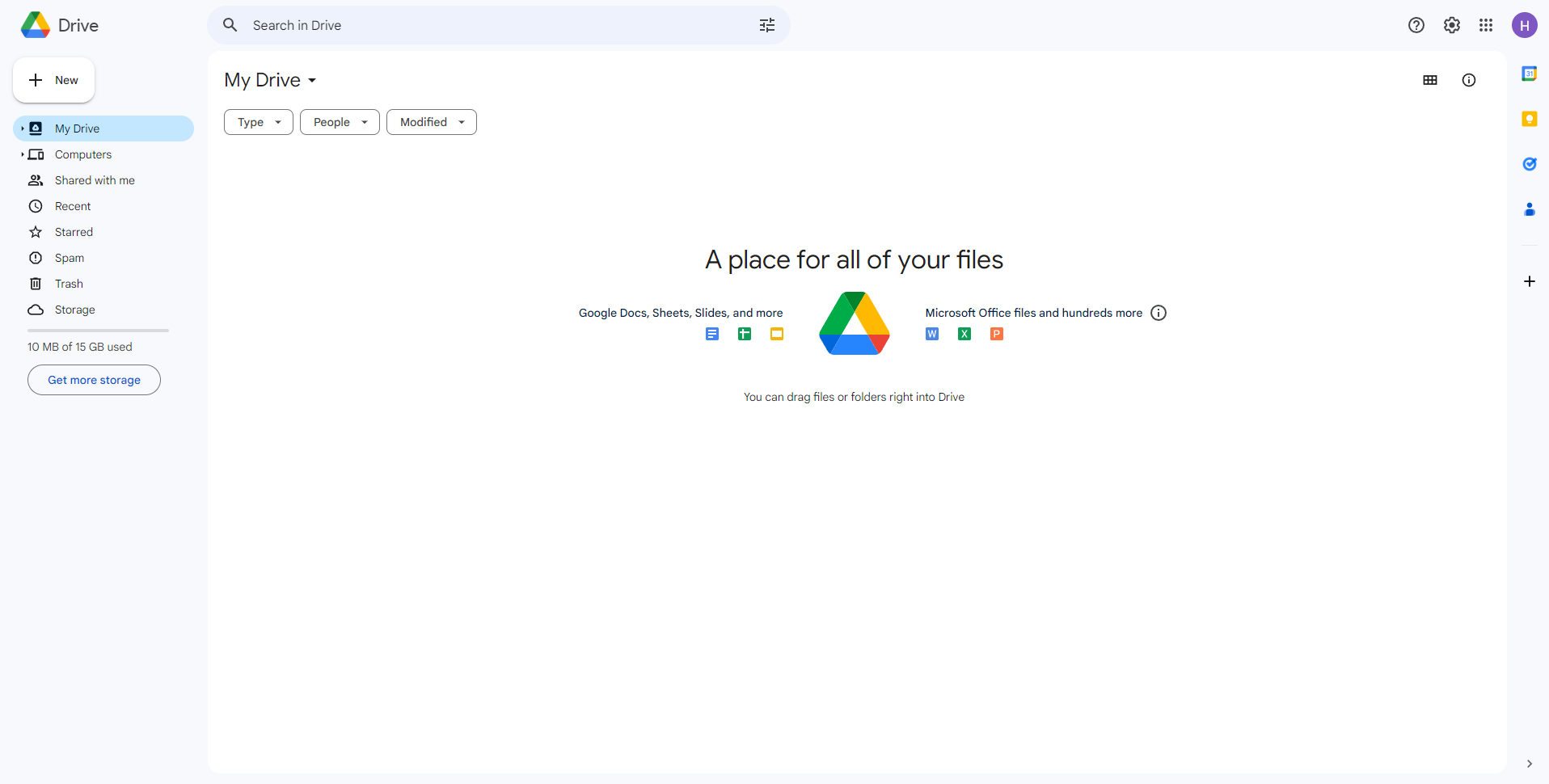
Step 1: Open Settings on Your iPhone
From your iPhone’s home screen, find the gear-shaped “Settings” icon and tap it.
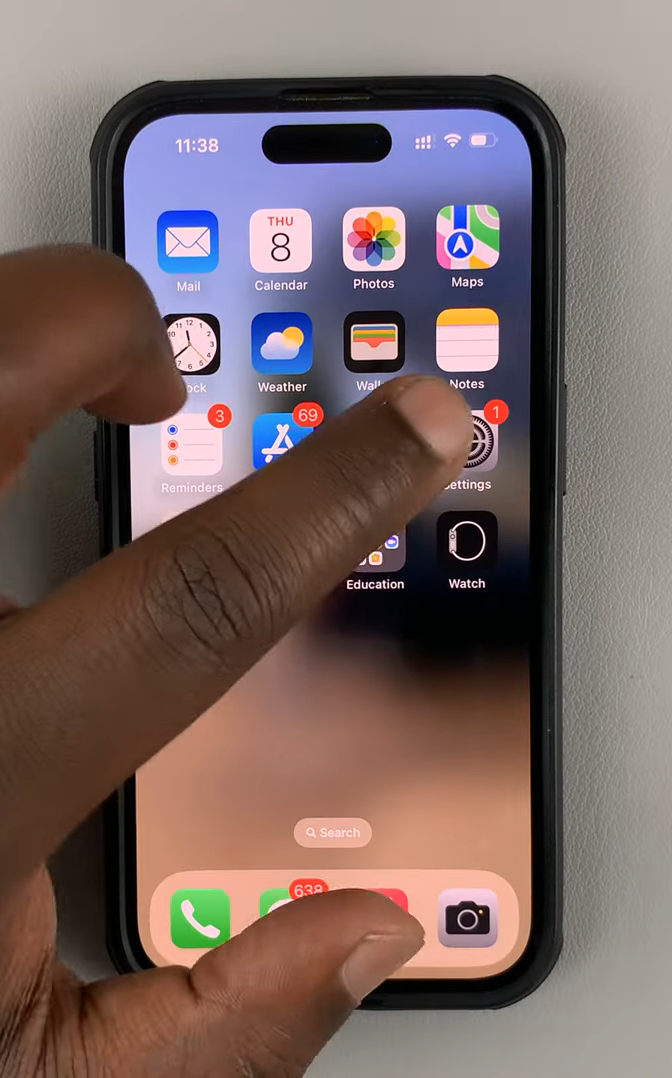
Step 2: Go to General
In Settings, scroll down and tap “General“.
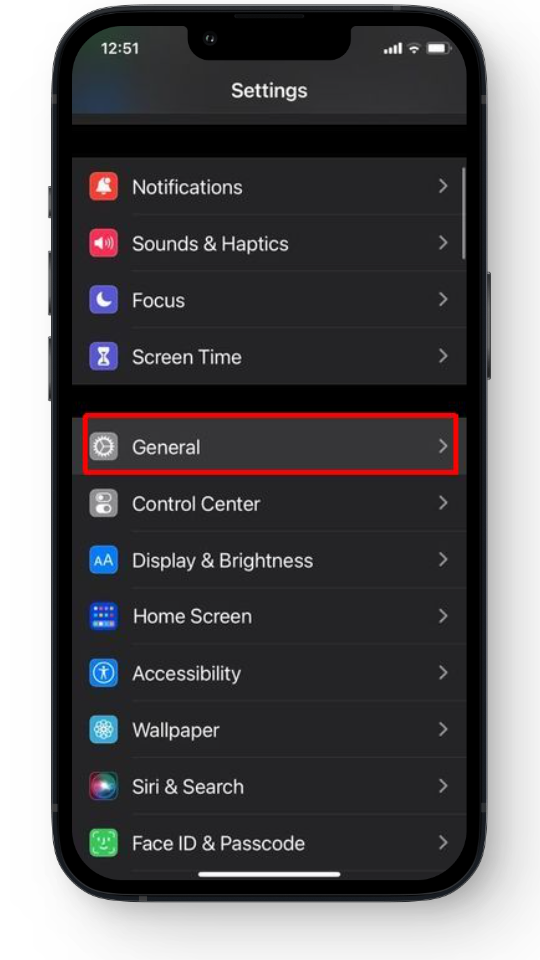
Step 3: Locate Transfer or Reset iPhone
Scroll to the bottom of the General section until you see “Transfer or Reset iPhone“. Tap this option.
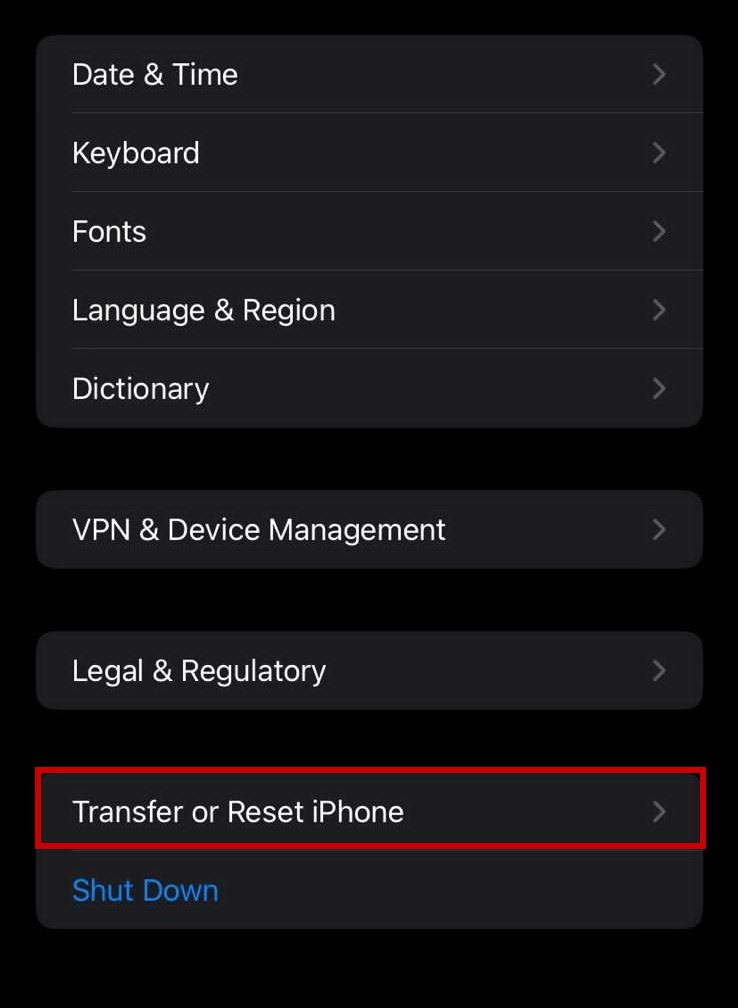
Step 4: Reset All Settings
This is the final step in resetting your end-to-end encrypted data. In the menu that pops up, tap “Reset All Settings“. Your personal files won’t be touched, but the following data will be reset:
- Payment information
- Screen Time settings
- Wi-Fi passwords
- Apple Card transactions
- Siri information
- Keychain passwords
- Safari history, Tab Groups, iCloud Tabs, and other browsing data
You’ll be asked to authenticate using Face ID or your lock screen passcode.
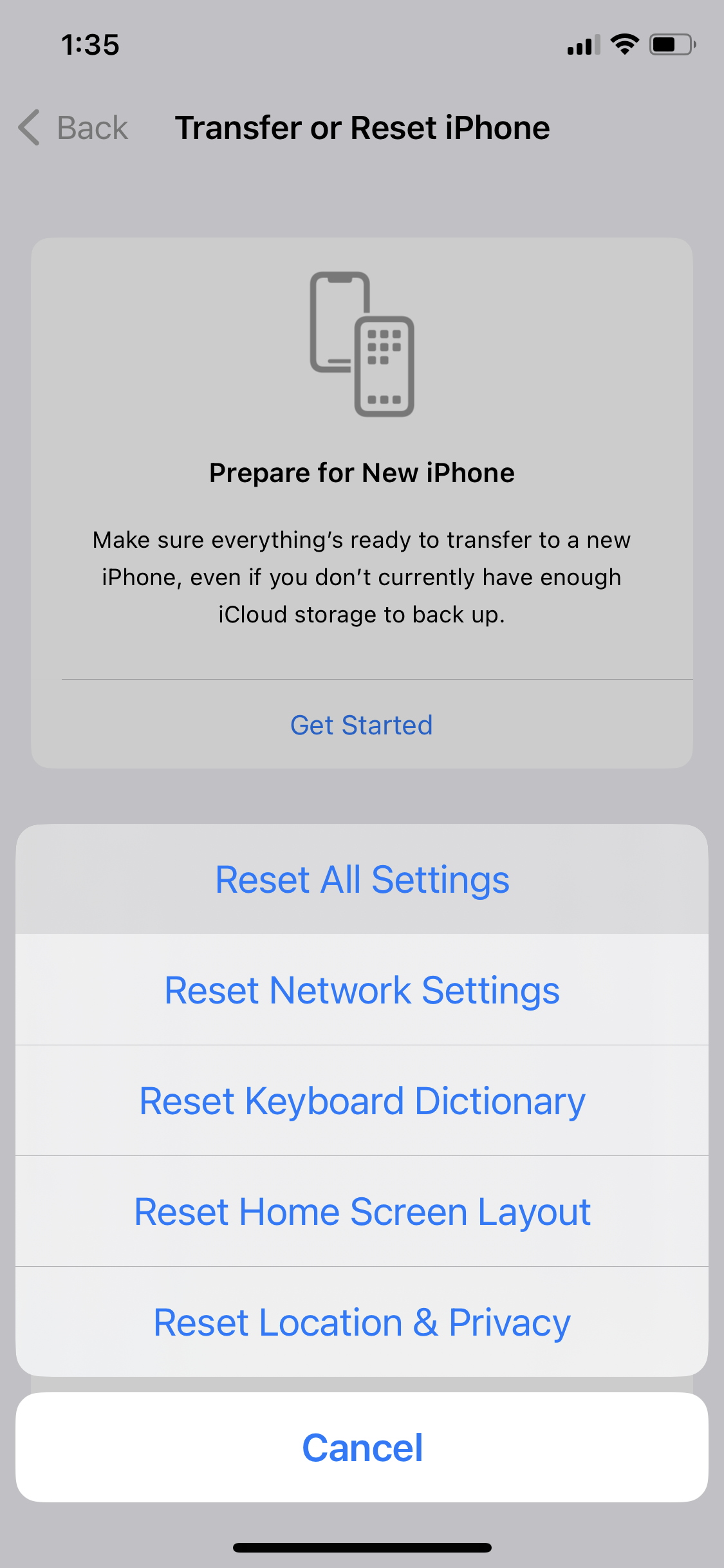
Step 5: Wait For the Process to Complete
This usually takes just a few minutes, though it may vary depending on your iPhone model, how much data you have, and your device’s speed. Once this process is done, your end-to-end encrypted data will be reset.
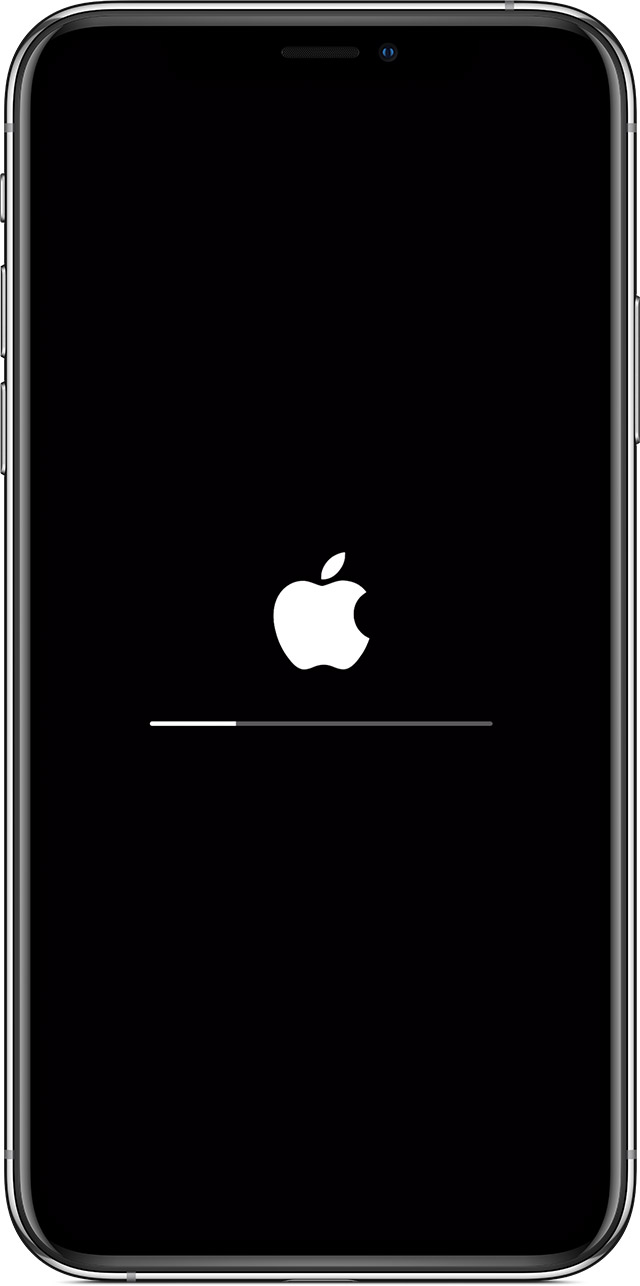
How to Prevent This Error in The Future?
To prevent this problem, always connect your new iPhone to the same iCloud account and add it to your Trusted Devices. This ensures your iPhone can be easily approved in the future.
- Log in to the device using the same Apple ID that you used for Two-Factor Authentication.
- When prompted, enter the 6-digit verification code sent to your existing Trusted Devices.
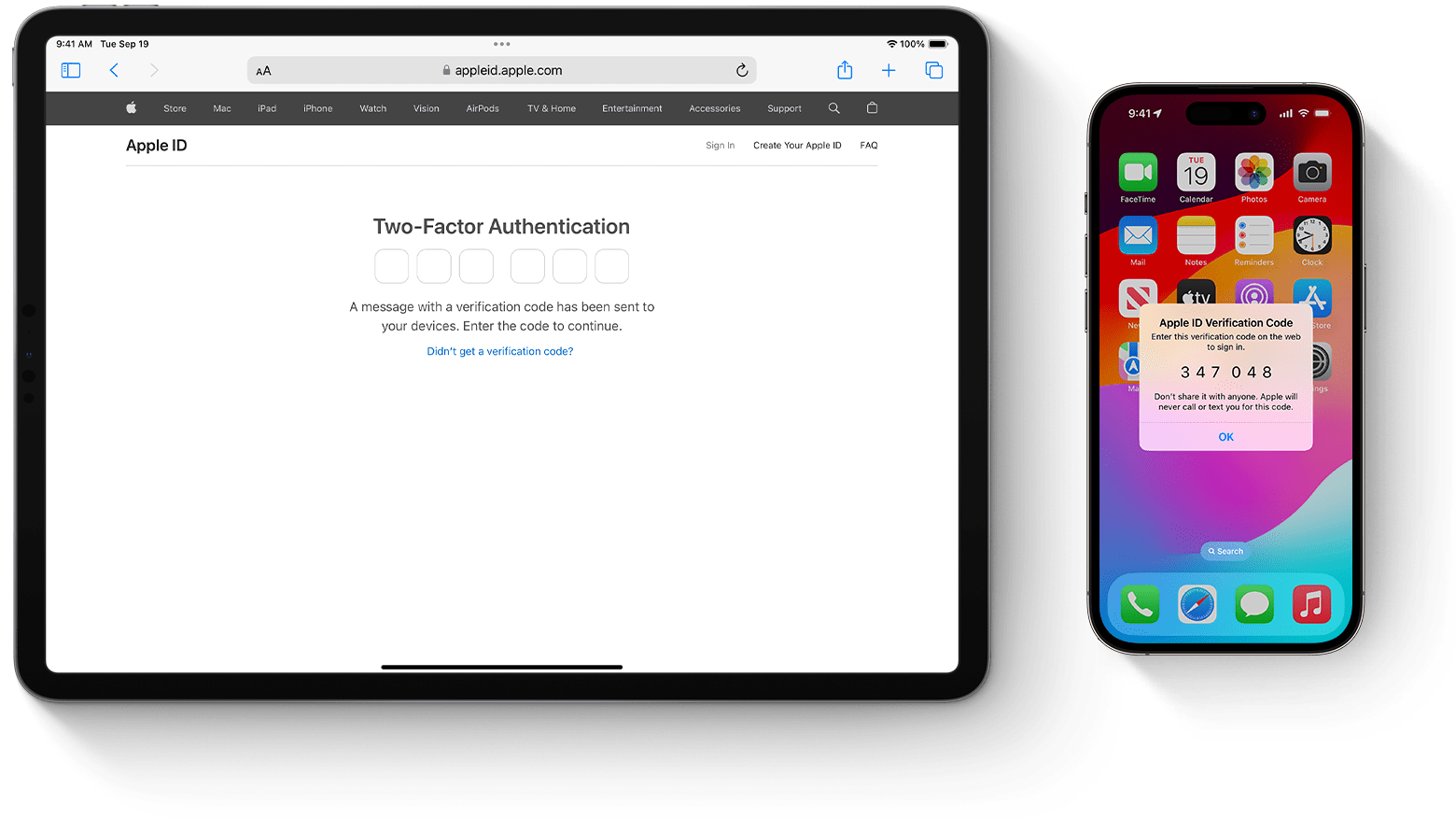
How to add a Trusted Device
Also, make it a habit to backup your data regularly so you’re never at risk of losing important information if you need to reset your iPhone. To back up: Open Settings > [Your Name] > iCloud > iCloud Backup > Turn on Back Up This iPhone.
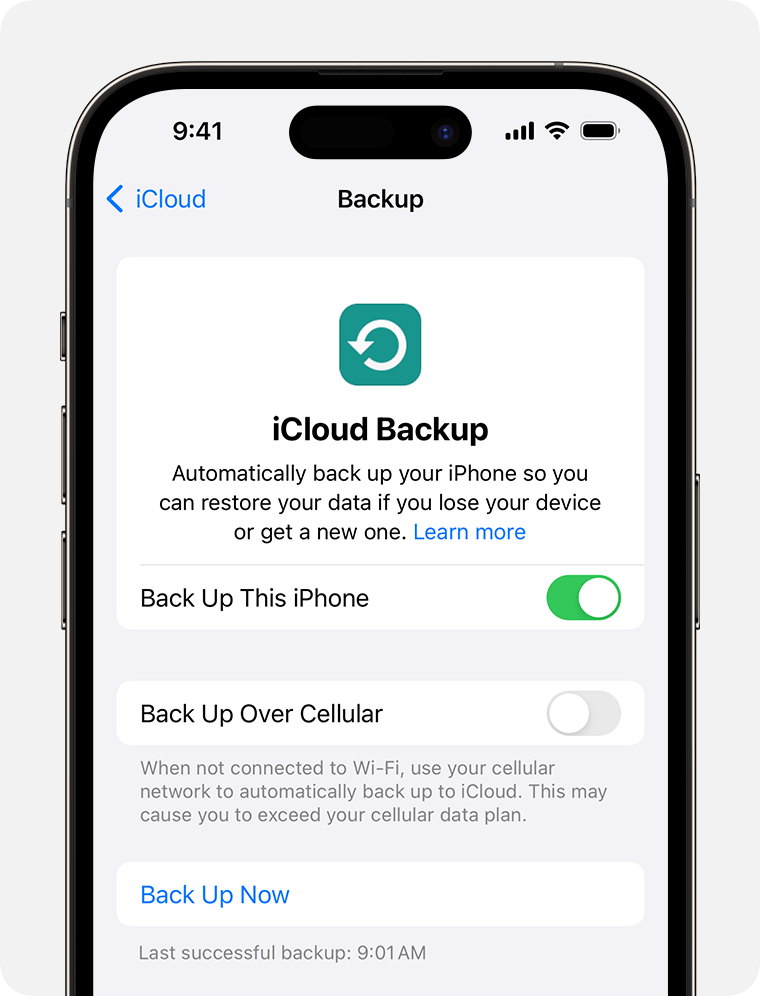
Alternative to Resetting End-to-End Encrypted Data
There is another option you can try before resetting your encrypted data: turn off iCloud Keychain. This method doesn’t work 100% of the time, but it’s worth a shot.
Open Settings > [Your Name] > iCloud > Passwords and Keychain > Turn off the toggle.
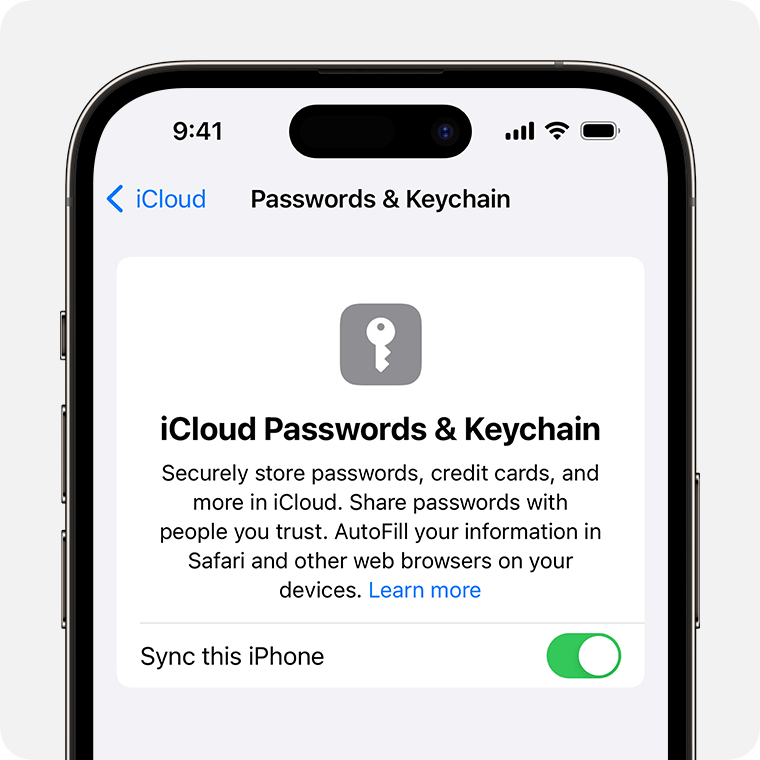
 Reviewed by
Reviewed by 